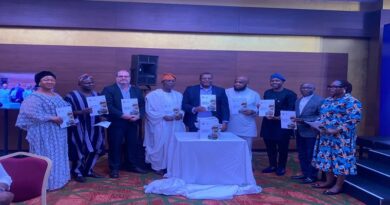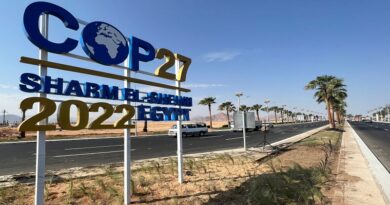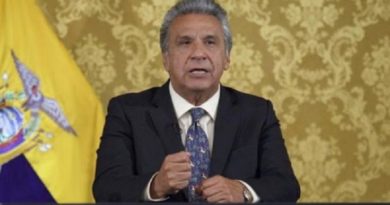G20 declaration: reduce vulnerabilities and address inequalities
A G20 Disaster Risk Reduction Ministerial Declaration on “reducing vulnerabilities and addressing inequalities” has reaffirmed the need for accessible and inclusive Multi-hazard Early Warning Systems (MHEWS) and to enable early and anticipatory action, placing people’s lives and livelihoods at its core.
The declaration highlight the importance of the United Nations Secretary General’s “Early Warnings for All” initiative, aiming to deliver people-centered, end-to-end multi-hazard early warning systems, ensuring every person on Earth is protected by early warning systems by 2027.
Brazil holds the G20 presidency. It hosted a series of ministerial-level meetings from 29 October to 1 November to discuss health, finance, education, and disaster risk reduction.
“The WMO welcomes and congratulates the G20 on the Ministerial Declaration on Disaster Risk Reduction and commends the work of the UN Office for Disaster Risk Reduction, the UN system and partner organisations in supporting this historical outcome,” said WMO Secretary-General Celeste Saulo.
“We stand ready to support countries in their efforts to improve multi-hazard early warning systems through the work of their respective national meteorological and hydrological services,” Celeste Saulo told the G20 ministerial event in Belem, hosted by the Government of Brazil.
“Early action is not possible without knowing what hazard will hit a community and when. Weather and climate information and forecasts are a key part of an integrated approach. Our forecasts need to be tailored for effective, inclusive, and accessible decision making. The time is now, the need for action is urgent, and our shared responsibility as leaders is clear. Let’s use this momentum to make a difference,” she said.
The ministerial declaration acknowledges the progress in reducing risk, we recognize that emerging threats and risks – whether induced by natural hazards, human-made or exacerbated by climate change – continue to outpace these efforts.
It issued a call to action, stressing the need to advancing disaster risk reduction as a global priority, through the development of innovative tools, and the leveraging of research, science, and technology. These efforts aim to combat poverty and inequality while empowering people in vulnerable situations to better prepare for and respond to disasters.
The host country, Brazil, symbolizes the need for disaster risk reduction and Early Warnings For All. It also acts as a regional powerhouse and can serve as a role model for other developing nations.
Celeste Saulo held a series of discussions with Brazilian government ministers and officials, including those responsible for science and technology, agriculture, water management and disaster risk reduction. She stressed the need to strengthen the role of national meteorological and hydrological services and water and disaster management agencies.
She was accompanied by Naur Pontes, Permanent Representative of Brazil.
Brazil epitomizes the challenges of climate change and extreme weather, and of managing too much or too little water.
Catastrophic floods in southern Brazil in April and May caused terrible loss of life and disruption. In stark contrast, large parts of Brazil (and South America) are struggling with crippling drought, disrupting hydro-electricity and river transport and food production.
The capital Brasília completed 160 days without rain by the end of September, making it the second driest year on record, according to Brazil’s national meteorological agency, INMET.
Celeste Saulo commended Brazilian authorities for their efforts to monitor and manage drought. The Integrated Drought Index sets an example to other countries in the region.
Rivers in the Amazon Basin fell to record-low levels in October 2024, and the Amazon Basin has faced extreme fire conditions, with plumes of smoke enveloping the southern Amazon. This not only has big regional impacts but affects the entire globe given the vital role of the Amazon as a carbon sink to absorb CO2.




